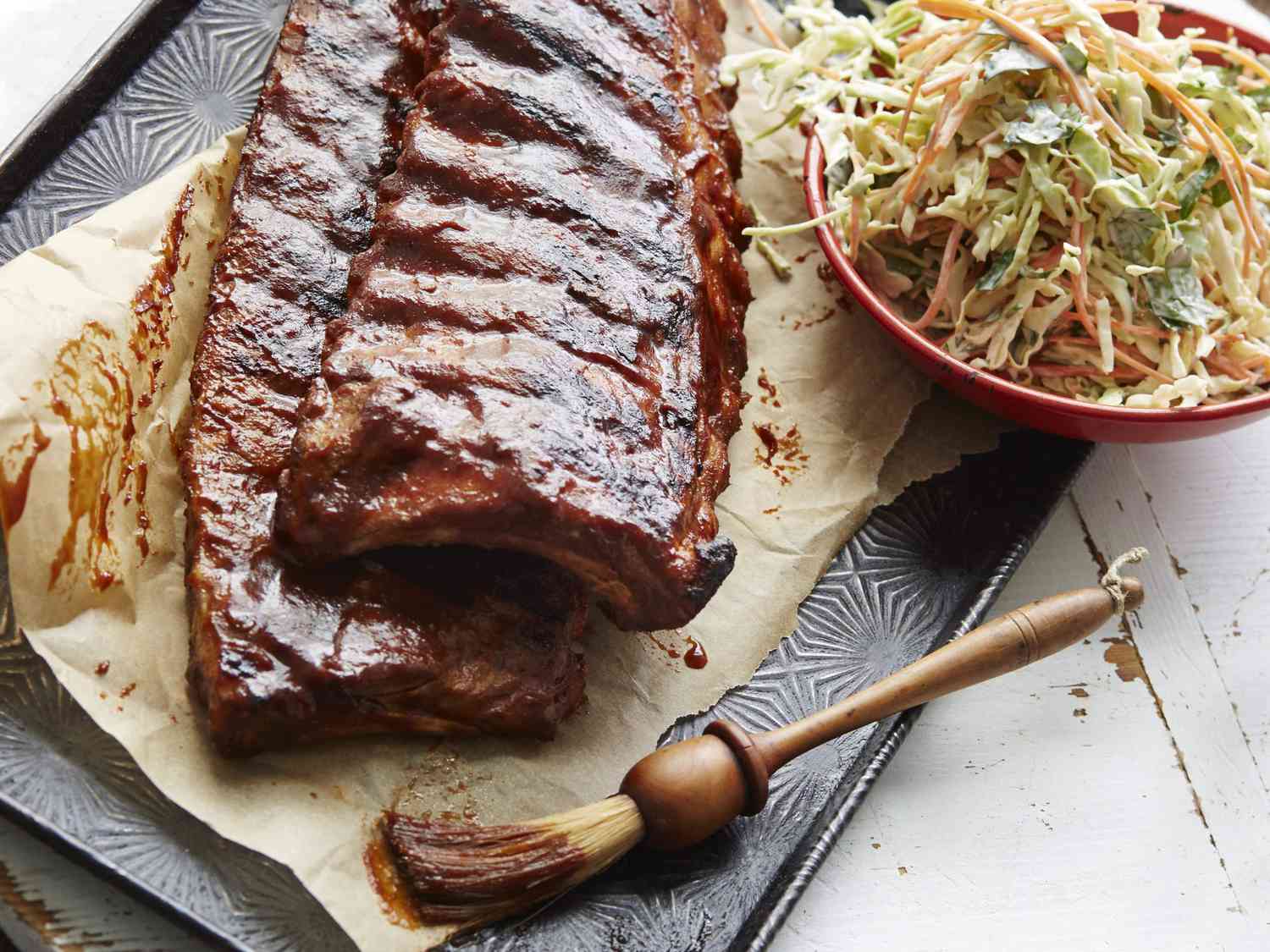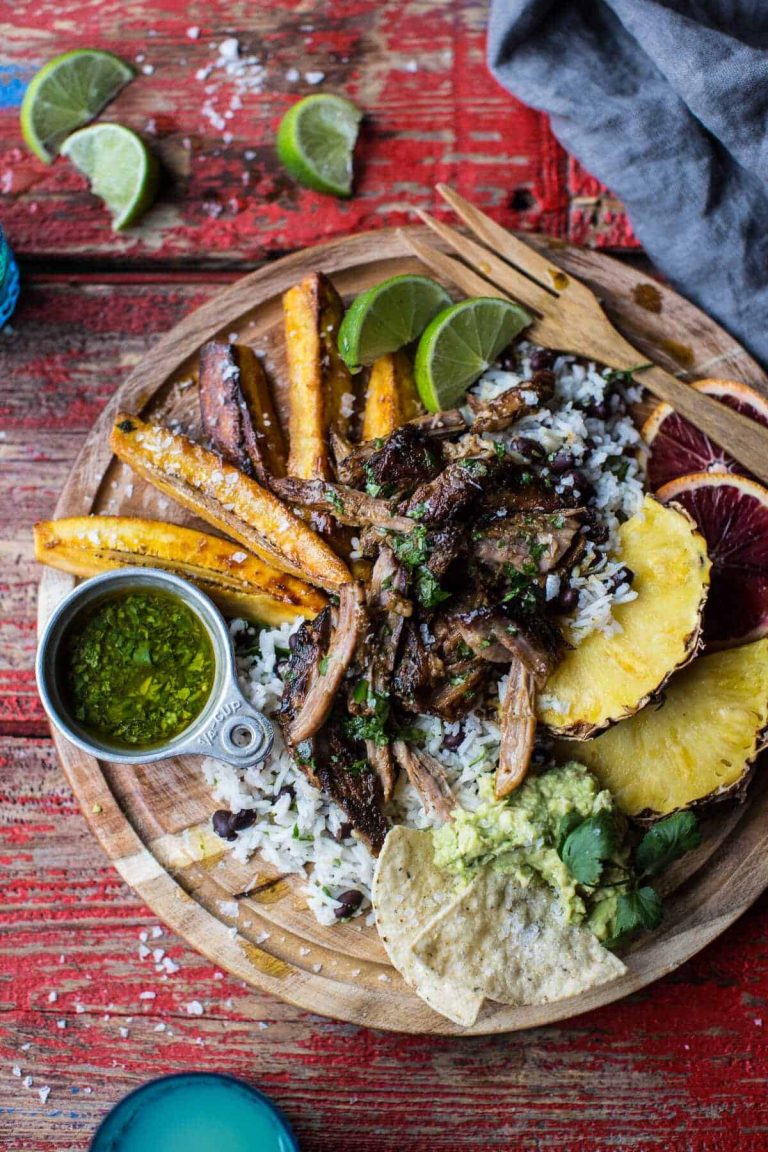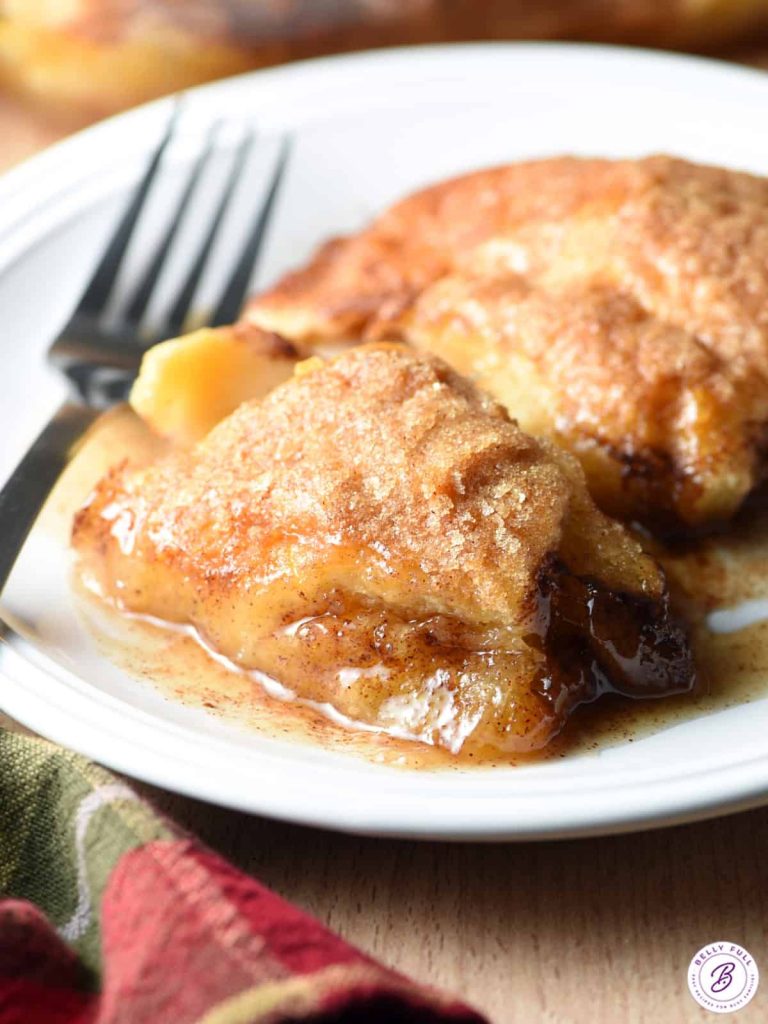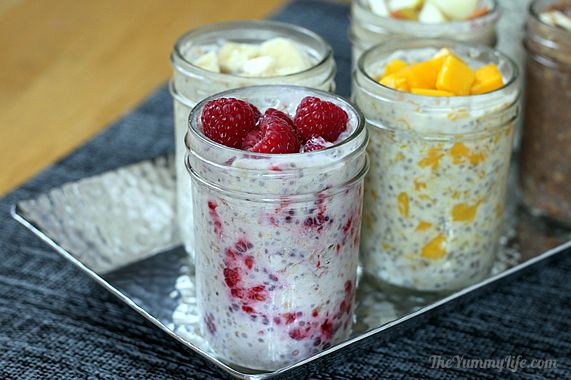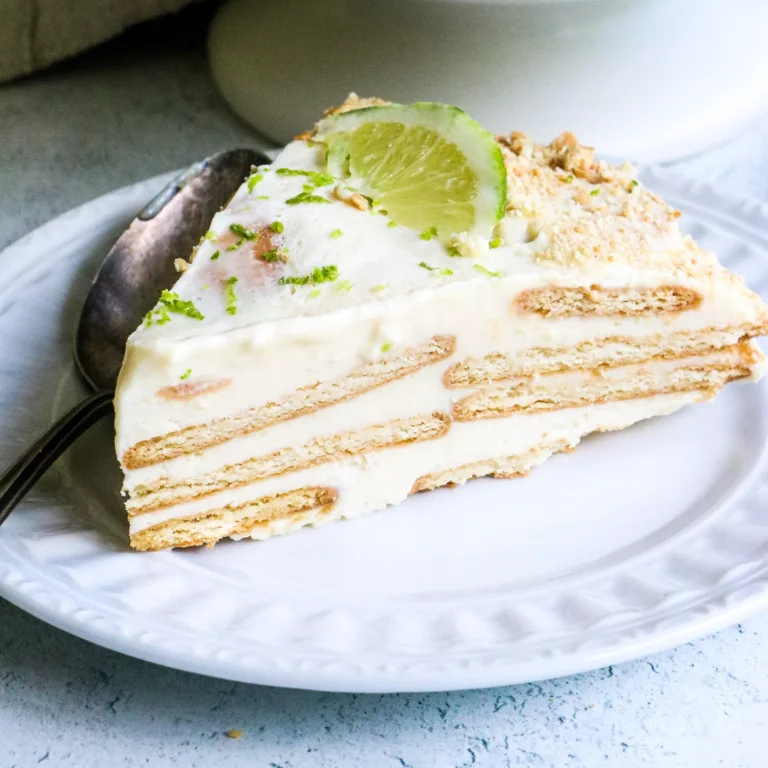Southern Grilled Barbecued Ribs: Tips, Techniques, and Perfect Pairings
Southern grilled barbecued ribs trace their roots to the Southern United States, particularly in states like Texas, Tennessee, and North Carolina. Early settlers began slow-cooking tough cuts of meat, including ribs, over open flames to tenderize them. BBQ culture only grew, becoming a staple at social gatherings, family reunions, and competitions. The blending of African, Caribbean, and Native American cooking techniques gave rise to the unique Southern barbecue style known for its rich, smoky flavor.
Key Ingredients and Flavors
Southern grilled barbecued ribs hinge on a few key ingredients. Pork ribs, either spare or baby back, are the base. The dry rub typically includes brown sugar, paprika, garlic powder, onion powder, and cayenne pepper. Barbecue sauce, used for basting or as a finishing touch, often combines tomato paste, vinegar, molasses, and spices. The slow grilling process imparts a distinct smoky flavor, enhanced by using wood chips like hickory, mesquite, or applewood.
How to Choose the Best Ribs for Grilling
Types of Ribs Suitable for Barbecue
To choose the best ribs for grilling, know the types of ribs available. Pork ribs are popular for barbecuing, offering various styles based on the rib cage section.
- Baby Back Ribs: These ribs come from the upper section of the rib cage, near the spine. They are shorter, leaner, and faster to cook than other types.
- Spare Ribs: Found lower on the rib cage, these are longer and have more fat which results in a richer flavor. They take longer to cook due to their higher fat content.
- St. Louis-Style Ribs: These are spare ribs trimmed down to a rectangular shape. This cut removes the cartilage and tips, creating a uniform look that cooks evenly.
- Country-Style Ribs: Not actually ribs, these come from the shoulder end of the loin. They are meaty and can be grilled like ribs, though they may require a different cooking approach.
What to Look for When Buying Ribs
When buying ribs, examine specific features to ensure quality.
- Meat Coverage: Look for ribs with even meat coverage across the bones. Avoid slabs with visible bones poking through the meat.
- Marbling: Check for marbling, the thin streaks of fat within the meat. Marbling enhances flavor and tenderness.
- Fat Cap: Opt for ribs with minimal thick fat caps, as excess fat can lead to greasy results. A consistent thin layer of fat is ideal.
- Flexibility: Bend the ribs slightly to test their flexibility. Fresh ribs should bend gently, indicating they haven’t been frozen for long periods.
- Color: Select ribs with a pinkish-red color, which signifies freshness. Avoid ribs with discoloration or a dull grayish hue.
Understanding these aspects helps you select the best ribs for grilling, ensuring a delicious and successful barbecue experience.
Preparing Your Ribs for the Grill
Necessary Preparations Before Grilling
To start, gather all tools like a sharp knife, cutting board, and meat thermometer. Clean and trim the ribs by removing excess fat and the silver skin membrane on the bone side. This membrane can be tricky to cook through and removing it ensures a more tender rib.
Then, rinse the ribs under cold water to remove any debris or bone fragments. Pat them dry with paper towels to remove excess moisture. Use a consistent approach whether you’re grilling Baby Back Ribs or Spare Ribs.
Marinade vs. Dry Rub: Which Is Better?
Marinade and dry rub both enhance flavor but serve different purposes. Use marinades, which involve liquids like vinegar, soy sauce, or citrus juice, to tenderize the meat. Marinade the ribs for at least 4 hours, preferably overnight, to ensure deep infusion.
Dry rubs, in contrast, create a flavorful crust. Mix spices like paprika, garlic powder, cumin, and brown sugar for a balanced blend. Apply the dry rub evenly on the ribs, pressing it into the meat. Let the ribs rest at room temperature for 30 minutes before grilling, allowing the flavors to penetrate.
Both methods work well, but your choice may depend on the flavor profile you seek and the time available for preparation. If in doubt, try both methods on separate occasions to decide which suits your taste.
The Grilling Process
Best Techniques for Southern BBQ Ribs
Achieving perfectly grilled Southern BBQ ribs starts with applying the right techniques. Use indirect grilling for consistent, slow cooking. Place the ribs on the cooler side of the grill, away from direct flames. This method prevents burning while allowing smoke to penetrate the meat.
Wood chips enhance the flavor profile of Southern BBQ ribs. Soak wood chips (e.g., hickory, applewood, or mesquite) in water for at least 30 minutes before grilling. Add the soaked chips to the grill to produce smoke that infuses the ribs with rich, smoky flavors.
Basting during grilling keeps the ribs moist and flavorful. Use a barbecue sauce or a mixture of apple cider vinegar and water for basting. Apply the baste every 30 minutes to keep the meat juicy.
Managing Heat and Timing
Correct heat management ensures tender, well-cooked ribs. Maintain a grill temperature between 225°F and 250°F for optimal results. Use a thermometer to monitor the internal temperature.
Cooking time for Southern BBQ ribs varies by cut and thickness. Baby back ribs typically take 3-4 hours, while spare ribs might require 5-6 hours. Aim for an internal temperature of 190°F to 205°F to ensure the collagen breaks down, making the meat tender.
Wrapping the ribs in aluminum foil halfway through cooking helps retain moisture. This technique, known as the “Texas Crutch,” reduces cooking time while keeping the meat tender.
Resting the ribs after grilling is crucial. Allow the ribs to rest for 10-15 minutes before serving to let the juices redistribute throughout the meat. This step ensures a juicy, flavorful bite in every piece.
Serving and Pairing Southern Grilled Ribs
Ideal Side Dishes
Enhance your Southern grilled ribs with complementary side dishes. Offer traditional Southern sides like coleslaw, baked beans, and cornbread. Coleslaw’s fresh crunch balances the ribs’ smoky flavor and tender texture. Baked beans, rich and slightly sweet, harmonize with the savory ribs, providing a hearty addition. Cornbread, with its golden crust and slight sweetness, is the perfect vehicle for soaking up barbecue sauce.
Consider adding some Southern vegetables to your spread. Collard greens, seasoned with smoked ham hocks or bacon, add a savory green element. Potato salad, with its creamy texture, cools down the spice from the ribs. Macaroni and cheese, with its rich and cheesy consistency, provides a comforting contrast.
Beverage Pairings
Pair your Southern grilled ribs with refreshing beverages to enhance your meal. Light beers like lagers or pilsners cleanse the palate and complement the smoky ribs. For stronger flavors, consider IPAs with their hoppy notes which contrast and elevate the barbecue’s taste.
Wine lovers can enjoy bold reds. Consider Zinfandel or Syrah, with their robust flavors that match the intensity of the barbecue sauce. For a non-alcoholic option, sweet tea is a Southern favorite that pairs well with the savory ribs. The tea’s sweetness balances the rich flavors, adding a refreshing element to your meal.
Conclusion
Mastering Southern grilled barbecued ribs is a rewarding culinary journey that brings rich flavors and traditions to your table. By understanding the origins and embracing the essential techniques, you’ll create ribs that are tender, smoky, and bursting with flavor. Selecting the right ribs, using the perfect dry rubs and sauces, and managing your grill properly are all key steps in achieving barbecue perfection.
Pair your ribs with classic Southern sides and beverages to complete the experience. Whether you’re hosting a backyard barbecue or a family dinner, these tips will ensure your ribs are the star of the meal. Dive into the world of Southern grilling and enjoy the delicious results of your newfound skills.
